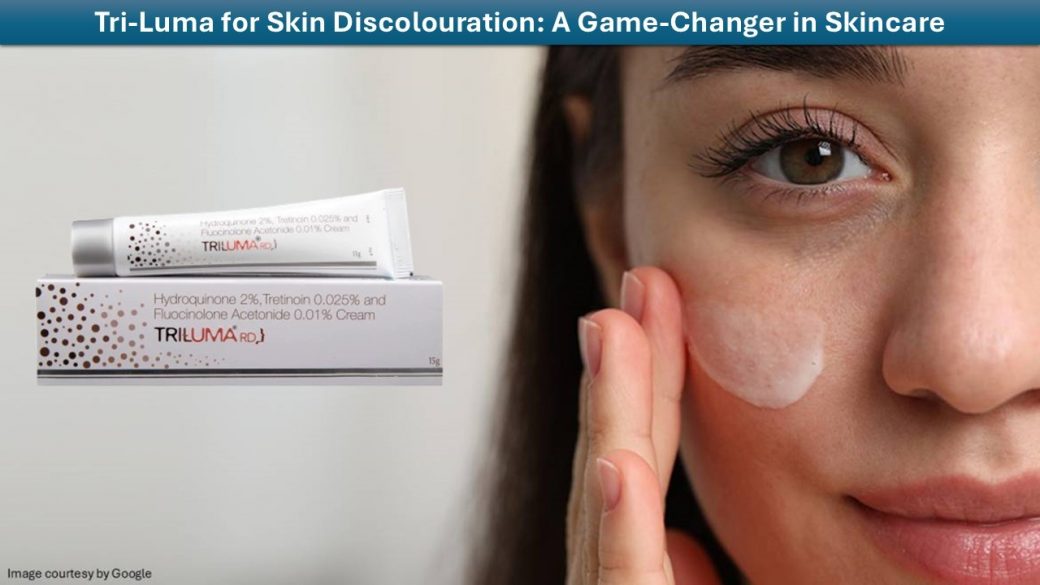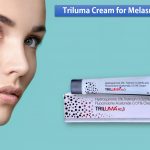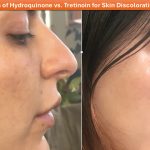Skin disorders are highly undesirable to people, especially in young females. The moderate to severe skin issues can badly affect overall personality and self-confidence. One such skin problem is melasma.
Melasma is a common skin condition affecting over 5 million people in the USA, characterised by brown to blue-grey patches on the skin, primarily on the face (especially cheeks, forehead, upper lip and chin area). Some women also experience these patches in their forearms, neck and back. Melsma patches typically darken and lighten over time, and their condition worsens during the summer in most cases.
The causes of melasma include several factors, such as pregnancy, contraceptive pills, sun exposure, genetics, hormonal changes and certain medications. These patches can appear as flat or freckle-like spots. Melasma patches can fade on their own, but following a treatment, such as using a topical medicinal formulation, can help manage this condition quite well.
This page will suggest and guide on how to combat skin discolouration with the help of topical formulations that work as a game-changer in skincare when used per regimen.
Tri-Luma for skin discolouration
Triluma cream is a topical formulation and the only FDA-approved topical medicine to treat moderate to severe facial melasma; however, it may be used for other purposes as determined by a dermatologist. Tri-Luma contains three main active ingredients that work together to fade off melasma patches. The active power components of the cream are:
- Fluocinolone 0.01% – It belongs to the class of drugs known as corticosteroids with anti-inflammatory effects. It reduces inflammation by blocking melanin (pigment) production in the skin, thereby reducing irritation caused by the other two medicines.
- Hydroquinone 4% – It reduces the amount of pigment in your skin and also helps block cells that produce pigment. Hydroquinone even out skin pigmentation.
- Tretinoin 0.05% – This component is a retinoid that protects hydroquinone from breaking down and helps it penetrate the outer part of the skin, allowing the medicine to reach the target skin cells. Tretinoin accelerates skin turnover, eliminating pigmentation and the risk of skin thinning.
In short, flucinolone and hydroquinone work together to fade skin darkening, while tretinoin enhances the effectiveness of hydroquinone. The mechanism of action of Triluma’s active ingredients is not fully understood.
The most effective way to prevent melasma is to protect your skin by wearing protective clothing and using a sunscreen with SPF 30 or higher when going out in the sun.
The application methods of Tri-Luma cream
Triluma cream is indicated as the short-term treatment (up to 8 weeks) for moderate to severe melasma.
Wash your hands and ensure to cleanse and pat dry the affected skin before applying the cream. Take a pea-sized amount on the fingertip and evenly spread a thin layer on the treatable part, preferably before bedtime. Gently massage the cream until the skin fully absorbs it. Avoid spreading it near the eyes, mouth, and other mucous membranes.
Triluma cream can make your skin prone to harmful UV rays. Apply sunscreen with an SPF of 30 or higher after using Triluma, and wear clothing that covers your skin when going out in the sun. This is an external formulation and should be used as prescribed by your dermatologist in the recommended dose and duration. Don’t forget to wash your hands after applying the cream.
You can also refer to the product label for usage instructions. If you experience dryness, use a light moisturiser to combat the dryness. Don’t wrap or bandage the area where Triluma cream is applied. This cream is typically used for the short-term treatment (approximately 8 weeks) of moderate to severe melasma. Follow your prescription and treatment duration to achieve the desired results.
Side effects and Precautions with Tri-luma cream
Like any other medicinal topical formulation, Triluma may cause some side effects. The side effects vary from patient to patient, depending on the severity and dosage/frequency of the application. The most common reported side effects of Triluma cream include skin reactions such as redness, dryness, burning sensation, itchiness, and peeling. Some patients also experience dark spots on their skin while using this cream. Contact your doctor if you experience signs of rosacea (redness of the skin), blisters, or blue-black skin darkening.
Discuss with your doctor if you are pregnant or become pregnant during the treatment or if you are a breastfeeding mother. The safety and efficacy of the drug should always be discussed with a doctor in such a condition to avoid any side effects to your infant or unborn child.
Your doctor should be aware if you are taking any medication or supplement for treating melasma or other health conditions to prevent potential drug interactions.





